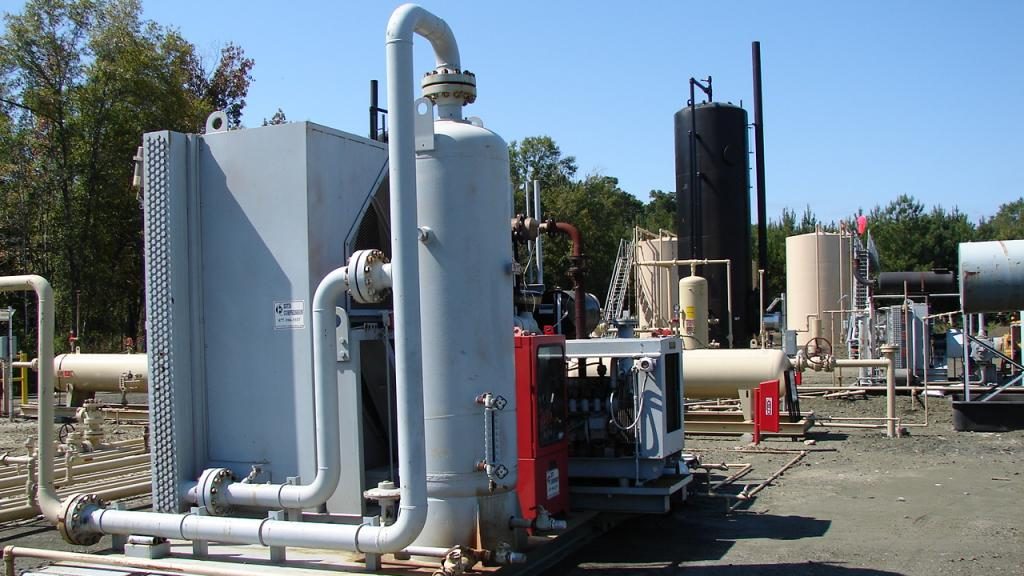
Crude oil is one of the most essential energy commodities worldwide. Once oil is extracted, it has to be transported and refined into products for it to have value.
Refining crude oil is an important process for converting it into marketable products like kerosene, fuel, lubricants, and other chemicals.
Origins
Petroleum is a fossil fuel, formed from the remains of dead animals, plants, algae, and bacteria that lived millions of years ago. Subjected to years of intense pressure and heat, the organic remains are converted into carbon-rich chemical compounds that form into what we now call oil.
Oil can be found throughout the earth. There are some continents, such as Australia, which have very little resource, but nations that have huge oil reserves are considered as key players on the global stage.
Traditionally, oil is measured in barrels, with 1 barrel equivalent to 42 gallons. In spite of the massive energy usage worldwide, experts believe that there are still about 1 trillion barrels of oil reserves left.
Refining oil
Oil refining breaks it down into its many components. After purchase, oil is transported to different refineries across the globe. In the United States, a lot of the oil refineries are situated in the Gulf Coast, with more than 40 percent produced in Texas. This is mainly the reason why the price of oil tends to fluctuate during the typhoon season.
Contact DW Energy
Want to learn more about oil & gas investing? Our expert team can provide you with more information or schedule a consultation to talk about diversifying your investment portfolio.

Even though petroleum refineries are expensive and complex industrial facilities, the process of refining crude oil is relatively simple. All crude oil refineries undergo three steps:
- Separation
- Conversion
- Treatment
First, crude oil is placed into a boiler to convert it into vapor. The vapor is discharged into distillation units and turned back into liquid form. Inside the distillation chambers, various kinds of oil are formed depending on the temperature or boiling points they were distilled at. For instance, liquefied refinery gases and gasoline – two of the lightest fractions – are distilled at cooler temperatures compared to residual oils that are utilized to create products like tar and asphalt.
Next, heavy distillation fractions are processed into lighter, but higher-value products like gasoline. Cracking is a more widely-used conversion method, which involves breaking up heavy molecules into lighter, but higher-value products. It utilizes catalysts, pressure, heat, and sometimes hydrogen to do the process.
Finally, the finishing touches of refining crude oil are applied during the final treatment. To create gasoline, the technicians in the refinery mix an assortment of streams derived from processing units. Vapor pressure ratings, octane level, and other careful considerations determine the type of gasoline blend.
As soon as the various substances from oil are processed, they are stored and transported into other locations in the form of various products to do a little bit of everything, from powering cars to heating homes.
Get more exclusive insights on the world of oil – oil investing, tax breaks, diversified investment examples, and up-to-date coverage of the latest happenings in the oil market – by visiting DW Energy Group’s Insights page.
Contact dw energy
Sources:
“Petroleum,” National Geographic, https://www.nationalgeographic.org/encyclopedia/petroleum/
“Oil Refining,” ScienceDirect, https://www.sciencedirect.com/topics/engineering/oil-refining
“How many gallons of gasoline and diesel fuel are made from one barrel of oil?” U.S. Energy Information Administration, https://www.eia.gov/tools/faqs/faq.php?id=327&t=9
“Oil Left in the World,” Woldometer, https://www.worldometers.info/oil/
“Oil and petroleum products explained,” U.S. Energy Information Administration, https://www.eia.gov/energyexplained/oil-and-petroleum-products/where-our-oil-comes-from.php
“Petroleum refineries vary by level of complexity,” U.S. Energy Information Administration, https://www.eia.gov/todayinenergy/detail.php?id=8330
